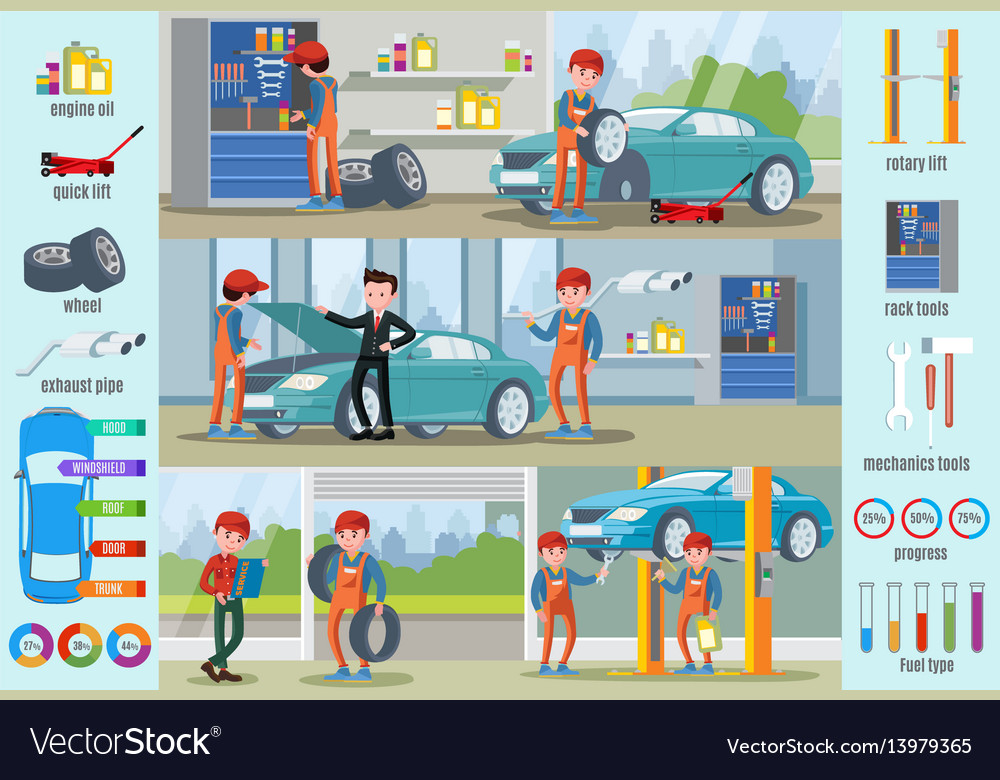Translating Your Car'S Caution Indicators: What They Absolutely Indicate
Translating Your Car'S Caution Indicators: What They Absolutely Indicate
Blog Article
Short Article By-Higgins Forbes
When you lag the wheel, those radiant caution lights on your control panel can be a bit difficult. Do detailer know what they're trying to tell you concerning your auto's health? Understanding the importance of these lights is essential for your security and the long life of your automobile. So, the following time among those lights appears, wouldn't you wish to analyze its message precisely and take the necessary actions to resolve it?
Common Caution Lighting and Interpretations
Determine typical warning lights in your automobile and understand their meanings to ensure risk-free driving.
The most common warning lights include the check engine light, which signals concerns with the engine or discharges system. If this light comes on, it's essential to have your vehicle inspected quickly.
https://www.cbsnews.com/losangeles/news/28-arrested-112-stolen-catalytic-converters-recovered-inland-empire-auto-repair-shops-recycling-businesses/ alerting light indicates low oil stress, requiring instant interest to prevent engine damage.
A flashing battery light could suggest a malfunctioning charging system, potentially leaving you stranded if not attended to.
The tire stress monitoring system (TPMS) light signals you to reduced tire pressure, affecting vehicle stability and gas performance. Neglecting this can cause hazardous driving conditions.
The abdominal light indicates an issue with the anti-lock stopping system, endangering your capability to stop quickly in emergency situations.
Finally, the coolant temperature advising light warns of engine getting too hot, which can cause severe damage if not resolved quickly.
Comprehending these usual warning lights will certainly assist you attend to concerns immediately and keep secure driving problems.
Value of Prompt Attention
Comprehending the common caution lights in your cars and truck is just the initial step; the relevance of promptly resolving these cautions can not be emphasized enough to ensure your safety and security when driving.
When a warning light brightens on your dashboard, it's your automobile's method of interacting a potential problem that requires interest. Neglecting these cautions can result in extra serious issues down the road, compromising your safety and security and possibly costing you much more in repairs.
Prompt interest to advising lights can protect against malfunctions and accidents. For instance, a flashing check engine light could suggest a misfire that, if left unattended, might trigger damages to the catalytic converter. Resolving this immediately can save you from a pricey repair.
In a similar way, a brake system advising light may signify low brake liquid or worn brake pads, vital components for your safety when driving.
Do It Yourself Troubleshooting Tips
If you observe a warning light on your dashboard, there are a few DIY repairing suggestions you can try prior to looking for professional aid.
The primary step is to consult your auto's handbook to recognize what the certain caution light shows. Often the concern can be as easy as a loosened gas cap setting off the check engine light. Tightening the gas cap may deal with the trouble.
Another usual problem is a low battery, which can trigger numerous alerting lights. Inspecting the battery links for corrosion and guaranteeing they're safe and secure may deal with the trouble.
If a caution light lingers, you can attempt resetting it by detaching the cars and truck's battery for a few minutes and afterwards reconnecting it. In https://brake-service-near-me39406.blogrelation.com/37386622/top-5-misconceptions-regarding-auto-detailing-debunked , inspecting your vehicle's liquid degrees, such as oil, coolant, and brake liquid, can aid troubleshoot cautioning lights related to these systems.
Conclusion
Finally, understanding your auto's warning lights is important for keeping your vehicle running smoothly and securely. By immediately attending to these alerts and recognizing what they imply, you can prevent pricey repair work and potential failures.
Keep in mind to consult your car's guidebook for specific information on each alerting light and take action accordingly to ensure a trouble-free driving experience.
Keep educated, stay secure on the road!
